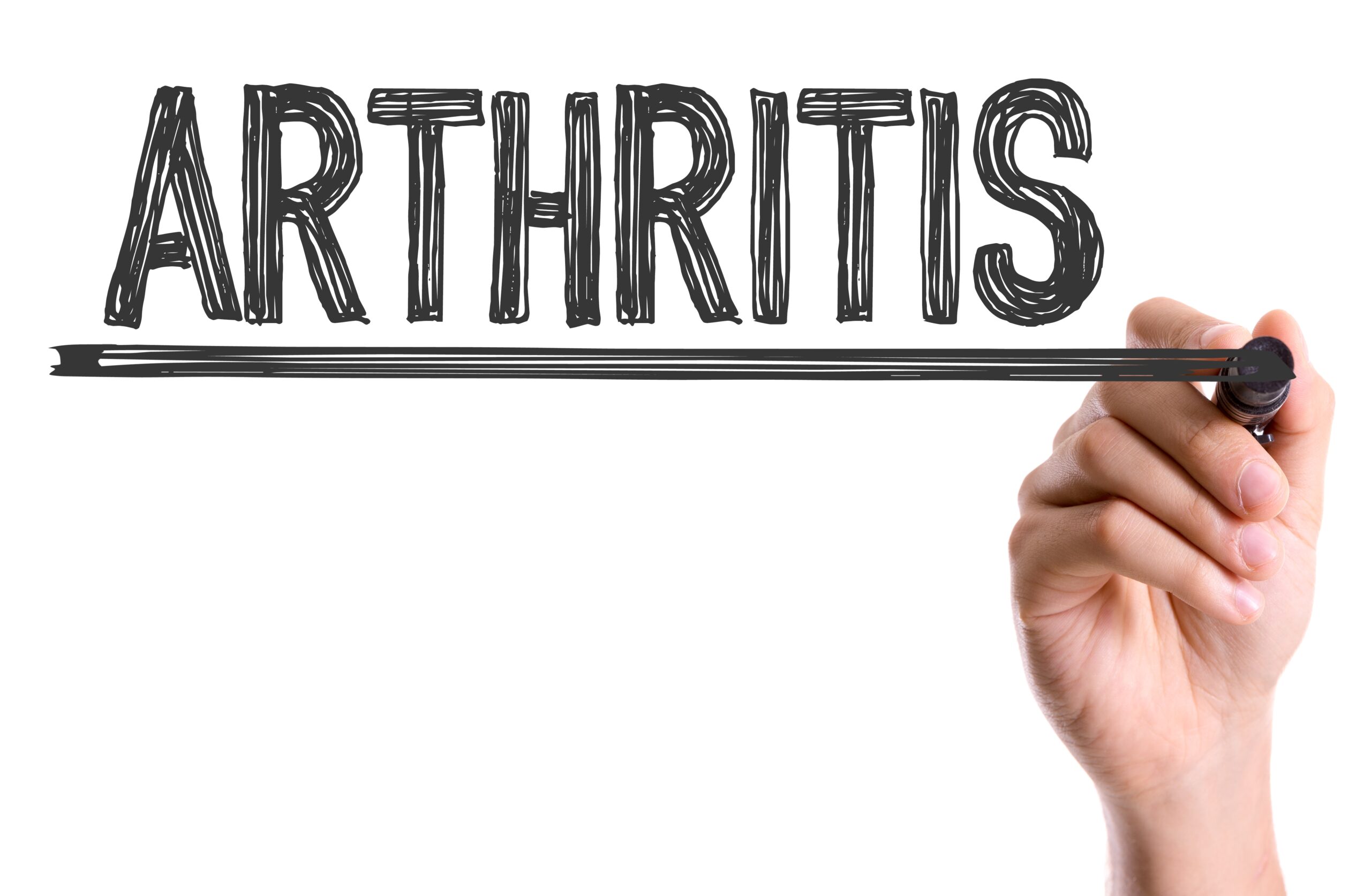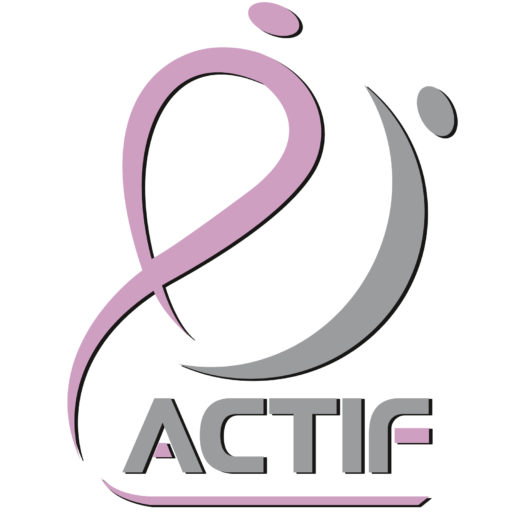
You’ve probably heard that one of the benefits of glucosamine and chondroitin is to help relieve symptoms of osteoarthritis. Previous study found that glucosamine treatment appears to provide a moderate benefit for osteoarthritis sufferers, and chondroitin treatment provides significant benefit.
But new research indicates there may be a way to significantly boost the benefits of glucosamine – by combining it with omega-3 fats such as fish oil, or my favorite, krill oil.
Supposedly, this is the first study looking at the synergistic effect of these two supplements in combination, and it seems logical that they would provide better pain relief when used together.
Omega-3 is widely recognized for its anti-inflammatory properties, and glucosamine is a precursor for glycosaminoglycans, which are a major component of joint cartilage, which explains why it can help prevent the cartilage degeneration that occurs with osteoarthritis.
What is Osteoarthritis?
Arthritis is a very common health problem that sends over 20 million people to their physician’s office each year. But it’s important to realize that “arthritis” is divided into two primary types: osteoarthritis, also known as degenerative joint disease (DJD); the wear-and-tear form of arthritis, and rheumatoid arthritis (RA).
These two types are completely different, even though they have some similarities.
They both affect the joints and can be connected with joint stiffness, pain, inflammation and swelling. However, their underlying causes are distinctly different.
Osteoarthritis usually occurs in older individuals, but can also be caused by repetitive stress or acute trauma. Rheumatoid arthritis, on the other hand, can affect you at any age, including children. Fortunately, juvenile rheumatoid arthritis (JRA) is relatively rare.
Understanding the differences between the two types of arthritis will help you distinguish which one you have, and can help you choose between treatment options.
Osteoarthritis – OA is a degenerative joint disease that usually affects the distal joints, or the joints at the end of your fingers and toes, not the middle ones.
Additionally, it’s not symmetrical, so typically you may have it on just one joint, or on one hand or foot and not the other.
If you have osteoarthritis, the cartilage within your joint is progressively being damaged, and the synovial fluid that keeps your joints lubricated and cushioned is typically reduced as well.
The pain is a result of your bones starting to come into contact with each other as cartilage and synovial fluid is reduced.
Rheumatoid arthritis – RA, on the other hand, is an autoimmune disease that causes your body to break itself down. Therefore, it tends to be bilateral and symmetrical, meaning it’s the same on both sides of your body.
If you only have a specific joint affected on one side of your body it’s probably osteoarthritis, not RA.
RA also affects your middle joints, and is associated with joint deformities, especially your hands and fingers. It can be very crippling, and people do die from rheumatoid arthritis, so it’s not something to be treated lightly.
Omega-3 and Glucosamine – A Powerful Combination for Osteoarthritis
Your body is fully capable of rebuilding cartilage and synovial fluid, but in order to effectively do so it needs the proper building blocks.
In case of osteoarthritis, your body needs glucosamine to rebuild both cartilage and synovial fluid, so correcting this deficiency by using a high quality supplement can definitely be helpful. Together with the anti-inflammatory properties of omega-3, the pain you experience may be significantly reduced as your condition improves.
In this latest study, participants with moderate-to-severe hip or knee osteoarthritis who received 1,500 mg of glucosamine sulfate along with 200 mg of omega-3 had greater pain reduction and fewer OA symptoms (morning stiffness, pain in hips and knees) than those who took glucosamine by itself.
In her article, Dr. Northrup quotes researcher Joerg Gruenwald, Ph.D. as saying:
“Omega-3 fatty acids inhibit the inflammation process in OA, whereas glucosamine sulfate further supports the rebuilding of lost cartilage substance.”
Other Treatment Options that Work for Both Types of Arthritis
Some of the other treatment methods available are appropriate for both RA and OA, as both involve joint pain, swelling and inflammation. Hence the typical anti-inflammatory approaches such as non-steroidal anti-inflammatories (NSAIDs) and analgesics, like Tylenol, can be used for either.
However, while these can relieve pain – and there’s a lot to be said for pain relief – it’s very important to understand that the regular, chronic use of these types of medications are associated with significant, and very serious, side effects such as kidney and/or liver damage. In the U.S. overuse of analgesics such as these are very common sources of kidney failure.
NSAIDs also kill some 30,000 people every year due to bleeding ulcers, and the oral drugs have been linked to a host of problems, including heart failure — Vioxx and Celebrex being prime examples of these very real dangers.
Omega-3 is recommended for either type of arthritis, as it helps prevent inflammation in general. In addition, the following approaches should be used:
Nutritional typing – Your unique biochemistry and genetics influence the ratio of fat, protein and carbohydrates your body needs to thrive, so eating for your nutritional type will ensure that you get the optimal nutrient ratio out of your diet.
Safe symptomatic approaches for pain –Acupuncture, for example, is a safe and typically effective treatment method for pain.
Herbs and some spices or oils can also be helpful against pain and inflammation. Just remember, they are not treating the cause, only the symptoms.
Here is a list of safe alternatives that may help:
- Boswellia – Also known as boswellin or “Indian frankincense,” this Indian herb is particularly useful against arthritic inflammation and associated pain.
- Ginger – This herb is anti-inflammatory and offers pain relief and stomach-settling properties. Fresh ginger works well steeped in boiling water as a tea or grated into vegetable juice.
- Bromelain: This enzyme, found in pineapples, is a natural anti-inflammatory. It can be taken in supplement form, but eating fresh pineapple may also be helpful.
- Cetyl myristoleate (CMO): This oil, found in fish and dairy butter, acts as a “joint lubricant” and an anti-inflammatory.
- Evening primrose, black currant and borage oils: These contain the essential fatty acid gamma linolenic acid (GLA), which is useful for treating arthritic pain. It is reasonable for many to take these as a supplement, particularly if you struggle with dry skin in the winter, as this is a strong indicator that you are deficient in these fats.
- Cayenne Cream: Also called capsaicin cream, this spice comes from dried hot peppers. It alleviates pain by depleting the body’s supply of substance P, a chemical component of nerve cells that transmits pain signals to the brain.




